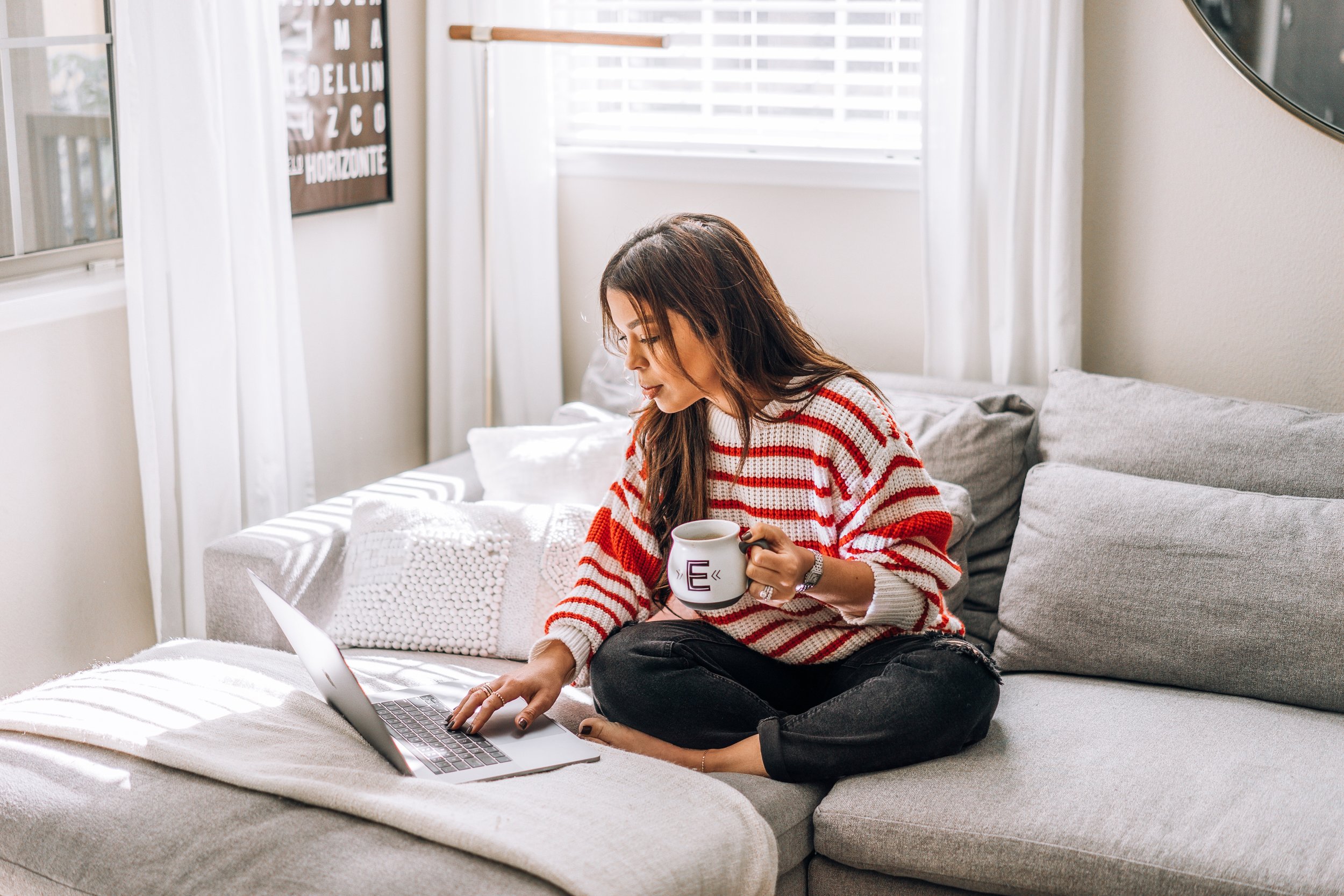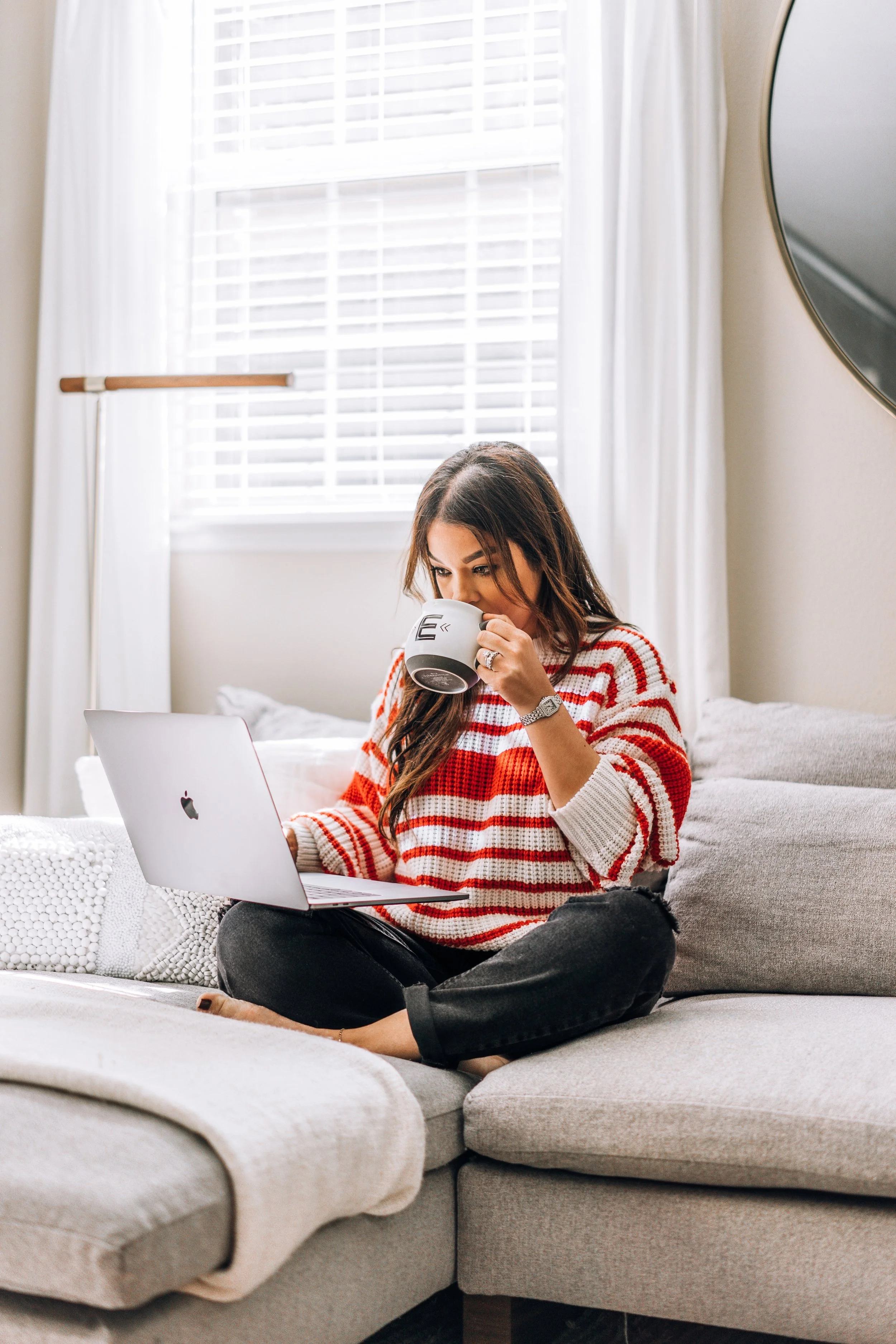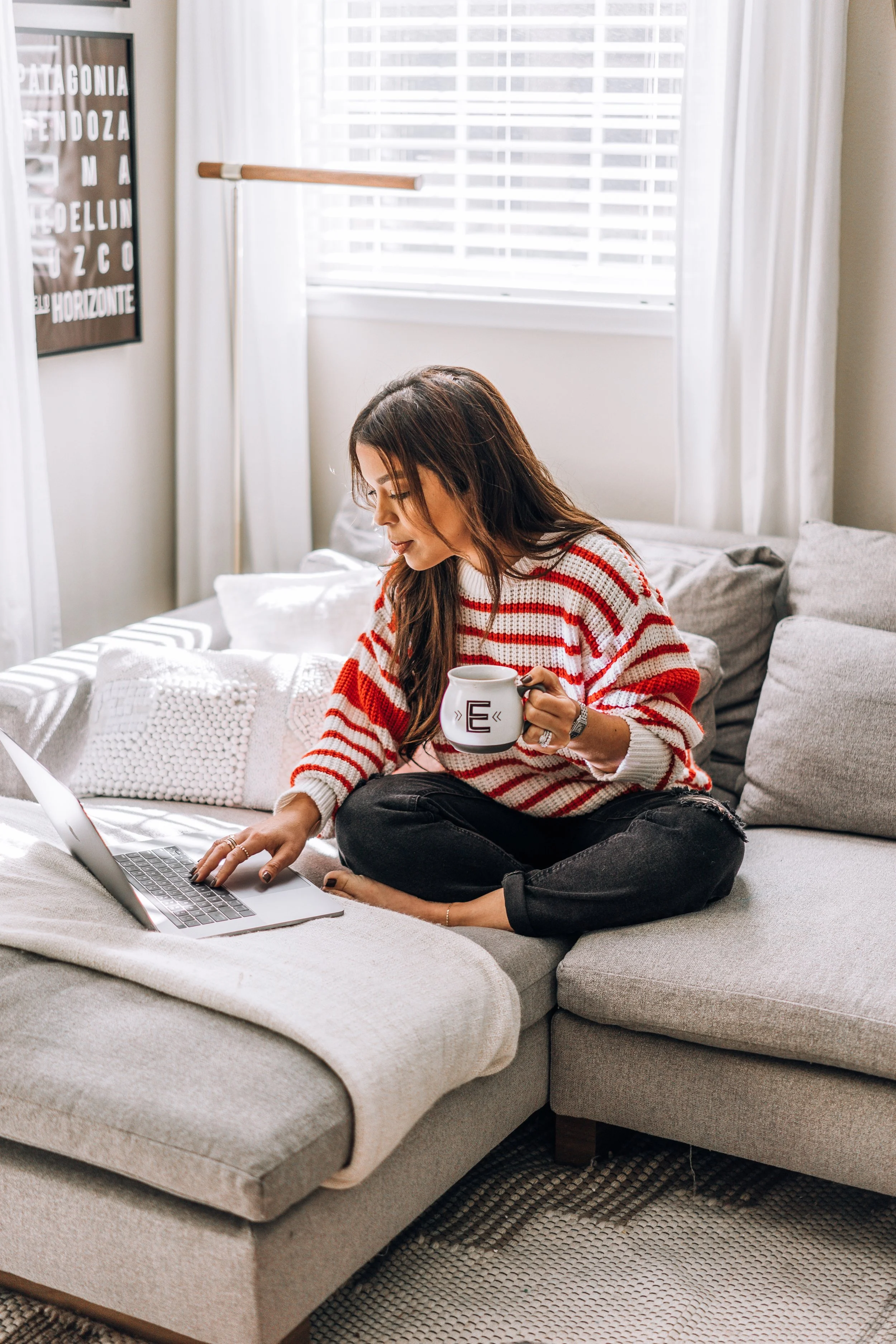7 WAYS TO STOP EMOTIONAL SPENDING

7 WAYS TO STOP EMOTIONAL SHOPPING & SPENDING
Years ago I went through a tough situation: I was using shopping as a crutch to make me feel better. Whatever was making me feel bad or sad, I would go and fix (temporarily) with a shopping trip. Actually, I believe that a lot of people have this problem and don’t know it. I didn’t fall into debt or anything over the habit, but I certainly wasn’t saving much money.
These are the 7 ways I learned to stop that emotional spending:
1. CONFRONT THOSE FEELINGS CONDUCIVE TO EMOTIONAL SPENDING
Being aware of those emotions that lead to spending is very important first step. Understanding WHY you spend money when you feel a certain way will help you get to the root of the problem and in turn (hopefully) make it easier to completely stop the habit.
2. IDENTIFY THOSE THINGS THAT TRIGGER EMOTIONAL SPENDING
Once you’ve confronted those feelings associated with particular spending habits, it is important to also identify those external influences that unchain your shopping and spending habit. Maybe it’s strolling through malls or going online to look at the type of clothes you like that triggers you to spend impulsively. If that is so, then it may be time to reevaluate those things that trigger unnecessary spending.
3. REMOVE ALL OF THOSE SUBSCRIPTIONS FROM YOUR EMAIL
Be it an email from your favorite store advertising a super sale or a catalog with items that are sent straight to your door, each one will seem so attractive that they will cause you to spend on things that you really don’t need. All you need is one little store ad or sale promo during a moment of vulnerability to make you buy impulsively (with your emotions!). Limit temptation and simply unsubscribe from their mailing list.
4. MAKE A BUDGET FOR THE PURCHASE OF THOSE UNNECESSARY THING
Making a budget to spend on those little things is a way to enjoy but in a more controlled way. This way, you won’t feel guilty for having spent in excess. Sometimes making those gifts for yourself in a small and more controlled manner can help stop bigger, more impulsive purchases in the long run.
5. LEAVE YOUR CREDIT CARD AT HOME
If you are one of those people more inclined to make purchases with your credit card than cash, then make sure to leave your credit card at home when you go shopping. It drastically reduces the temptation to spend more!
6. DON’T SAVE YOUR CREDIT CARD INFORMATION ON WEBSITES
If you save your credit card info and use the “one-click” method of purchase in your favorite store, it will be a lot harder to hold yourself back from purchasing than if you had to open your wallet and put in all of your information. Sometimes, an extra 5 minutes to reflect on that decision of whether or not you should but it, can truly help you to notice that you don’t need that shirt or those shoes.
7. ASK YOURSELF: DID I REALLY NEED THIS WHEN I WALKED IN THE STORE?
If the answer is “no” to this question, place the item back on the shelf and WALK AWAY. I know it is easier said than done, but sometimes that extra step of questioning your purchase will eventually become a habit and can really help lessen your emotional spending.
7 MANERAS DE PARAR CON LAS COMRAS Y GASTOS EMOCIONALES
Hace años atrás pase por una situación y era la siguiente , a menudo usaba las compras como una muleta para que brevemente me hiciera sentir mejor acerca de lo que me estaba haciendo sentir MAL O TRISTE, de hecho creo que mucha gente tiene el problema y no lo saben. No me endeudé por esto ni nada, pero ciertamente no me permitía ahorrar tanto dinero como pude. Aqui hay 7 maneras que aprendi para tratar detener el gasto emocional:
1. CONFRONTA LOS SENTIMIENTOS QUE ACOMPAÑAN SU GASTO EMOCIONAL
: Ser consciente de las emociones que conducen a su gasto es un primer paso importante. Entender por qué gasta dinero cuando se siente de cierta manera va a ayudarle a llegar a la raíz del problema y esperemos que sea más fácil detenerlo por completo.
2. IDENTIFIQUE SUS GIROS EMOCIONALES DE GASTOS
Después de enfrentar los sentimientos asociados con su gasto, es importante también identificar las influencias externas que desencadenan sus gastos. Tal vez pasear por los centros comerciales o entrar al internet a ver la ropa de su preferencia es un disparador para usted. Si es así, podría ser el momento de reevaluar esos disparador para el gasto
3. QUITAR SUS SUSCRIPCIONES DE LISTAS DE CORREO ELECTRÓNICO O CORREO
Ya se trate de un correo electrónico de su tienda de ropa favorita que promueve su venta actual, o un catálogo de productos físicos que recibe por correo, cada uno le atraerá a comprar algo que realmente no necesita para empezar. Todo lo que se necesita es ser impulsado por una promoción de la tienda cuando se siente vulnerable a hacer una compra impulsada emocionalmente. Limite la tentación y simplemente anule la suscripción.
4. AJUSTE UN PRESUPUESTO PARA COMPRAS NO NECESARIAS
De esta manera se puede disfrutar, pero de una manera más controlada en la que no tiene que sentirse culpable después de derrochar en exceso. A veces hacerse esos regalitos a sí mismo de una manera pequeña puede ayudar a frenar el gasto en compras más grandes más adelante.
5. DEJE SU TARJETA DE CRÉDITO EN CASA CUANDO USTED TIENDE
Si eres de los que está más inclinado a hacer compras a través de crédito de lo que sería con dinero en efectivo, asegúrese de dejar su tarjeta de crédito en casa cuando sale de compras. Ayuda a reducir drásticamente la tentación de gastar más.
6. NO GUARDE SU INFORMACIÓN DE LA TARJETA DE CRÉDITO EN LOS SITIOS WEB
Si sólo se necesita un clic para hacer una compra en línea en su cuenta de su tienda favorita , será mucho más probable que apretar el gatillo en las compras de lo que sería si tuviera que tomar el tiempo para abrir su billetera y poner toda su información. A veces, ese extra 5 minutos para reflexionar sobre la decisión de si o no comprarlo realmente puede ayudarle a darse cuenta de que realmente no necesita esa camisa o esos zapatos.
7. PREGÚNTESE : ¿NECESITABA COMPRAR ESTE ARTÍCULO CUANDO ENTRÉ EN ESTA TIENDA?
Si la respuesta es "no", luego coloque el artículo y ALÉJESE . Sé que es más fácil decirlo que hacerlo, pero a veces hacer este paso extra de cuestionar sus compras se convierta en un hábito y puede realmente ayudar a reducir su gasto emocional.



